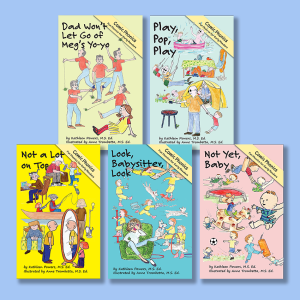Below are three sentences from the June 22, 2020, issue of The New York Times. All three sentences have writing problems. Can you figure out what they are? (Hint: All three sentences are grammatically correct.)
 Sentence 1: In a survey conducted this month by the Partnership for New York City, a business group, respondents from 60 companies with Manhattan offices predicted that only 10 percent of their employees would return by Aug. 15.
Sentence 1: In a survey conducted this month by the Partnership for New York City, a business group, respondents from 60 companies with Manhattan offices predicted that only 10 percent of their employees would return by Aug. 15.
Sentence 2: More riders have already returned to public transportation during the first phase of reopening than officials at the Metropolitan Transportation Authority, which runs the city’s subway systems and buses, had anticipated.
Sentence 3: A team of scientists including Sarah H. Olson, an epidemiologist with the Wildlife Conservation Society who directed the research, posted a report of their research, which has not yet been peer reviewed but has been submitted to a scientific journal, on a website for unpublished research, bioRxiv.
First problem: length. The number of words in the sentences is 36, 31, and 46, respectively. The more words in a sentence, usually the harder that sentence is to understand.
Second problem: clauses. Sentence 1 has two clauses; sentence 2 has three clauses; and sentence 3 has three clauses. Sometimes two or three clauses do not make a sentence hard to read. (For example, “My son, who is three, likes to look for bugs which are dead.”) But if those clauses are long, or are in long sentences, they can be hard to understand.
Third problem: subject-verb separation. In sentence 1, six words separate the subject [respondents] and verb [predicted] in the independent clause. In sentence 2, thirteen words separate the subject in the dependent clause [officials] from its verb [had anticipated]. In sentence 3, sixteen words separate the subject of the independent clause [team] from its verb [posted]. When subjects and verbs are separated, readers find meaning harder to understand.
Fourth problem: long words. Sentence 1 has seven words of three or more syllables. Sentence 2 has eight. Sentence 3 has seven. Long words can be good if they are specific. But when you place long words in long sentences with multiple clauses whose subjects and verbs are separated by many words, confusion increases and understanding decreases.
Luckily, The New York Times attracts well educated readers. They understand long words and can hold many thoughts in their minds as they read multiple clauses in long sentences.
How about your readers? Can they understand your writing without having to stop and start over? If not, try shortening your sentences, separating clauses into separate sentences, keeping subjects and verbs next to each other, and eliminating words of many syllables when a simpler synonym exists.





I’ve noticed this in many newspapers. I ften have to reread the first sentence to get the gist of it.
LikeLike